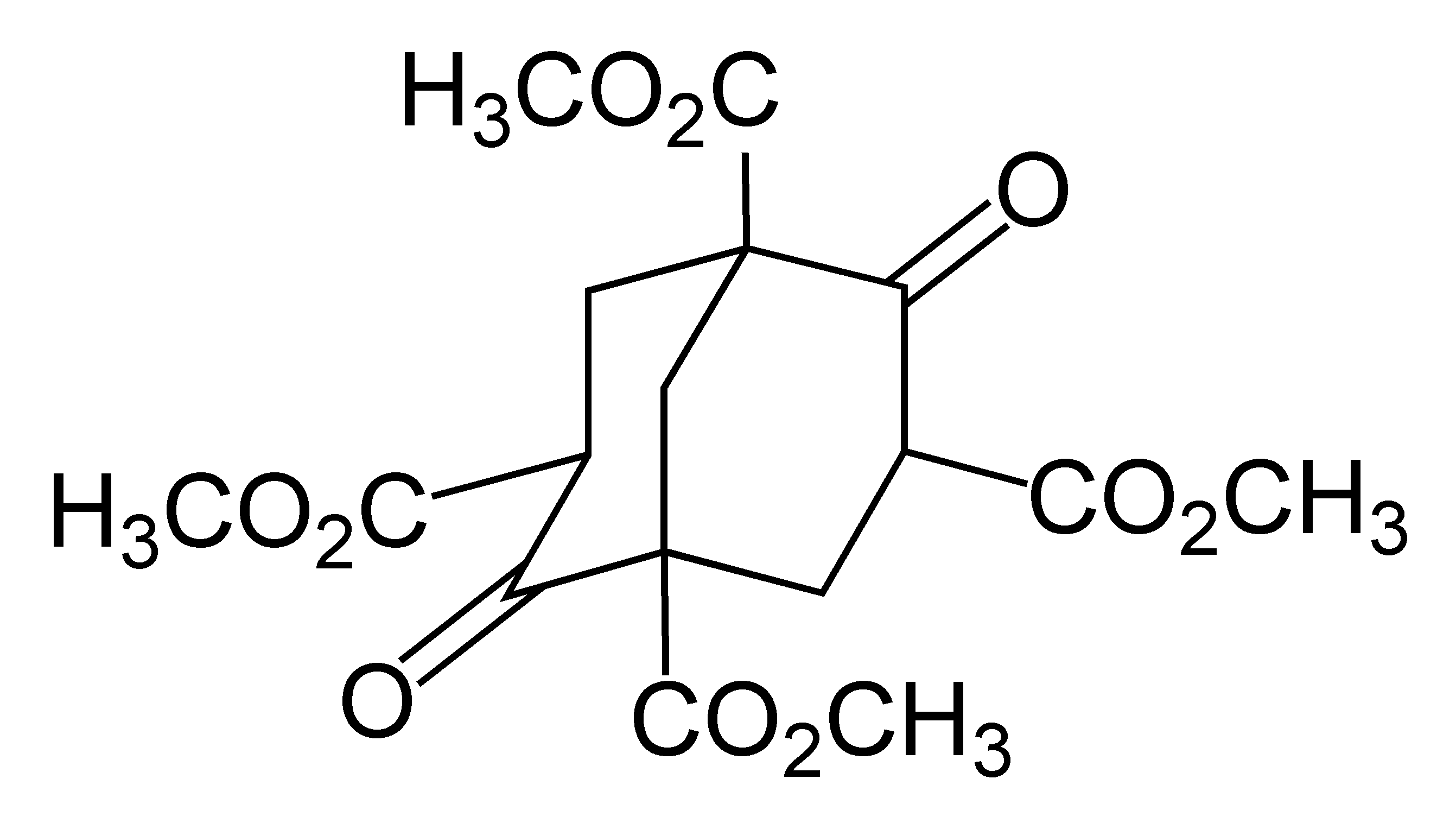|
1-Adamantanecarboxylic Acid
1-Adamantanecarboxylic acid is an organic compound with the formula . A white solid, it is the simplest carboxylic acid derivative of adamantane. The compound is notable for its synthesis by carboxylation of adamantane. 1-Adamantanecarboxylic acid is unusual in forming mononuclear transition metal carboxylate complex, tris(carboxylate) coordination complexes of the formula [M(O2CR)3]− (M = Mn, Ni, Co, Zn). References [...More Info...] [...Related Items...] OR: [Wikipedia] [Google] [Baidu] |
Organic Compound
In chemistry, organic compounds are generally any chemical compounds that contain carbon-hydrogen or carbon-carbon bonds. Due to carbon's ability to catenate (form chains with other carbon atoms), millions of organic compounds are known. The study of the properties, reactions, and syntheses of organic compounds comprise the discipline known as organic chemistry. For historical reasons, a few classes of carbon-containing compounds (e.g., carbonate salts and cyanide salts), along with a few other exceptions (e.g., carbon dioxide, hydrogen cyanide), are not classified as organic compounds and are considered inorganic. Other than those just named, little consensus exists among chemists on precisely which carbon-containing compounds are excluded, making any rigorous definition of an organic compound elusive. Although organic compounds make up only a small percentage of Earth's crust, they are of central importance because all known life is based on organic compounds. Living t ... [...More Info...] [...Related Items...] OR: [Wikipedia] [Google] [Baidu] |
Adamantane
Adamantane is an organic compound with a formula C10H16 or, more descriptively, (CH)4(CH2)6. Adamantane molecules can be described as the fusion of three cyclohexane rings. The molecule is both rigid and virtually stress-free. Adamantane is the most stable isomer of C10H16. The spatial arrangement of carbon atoms in the adamantane molecule is the same as in the diamond crystal. This similarity led to the name ''adamantane'', which is derived from the Greek ''adamantinos'' (relating to steel or diamond). It is a white solid with a camphor-like odor. It is the simplest diamondoid. The discovery of adamantane in petroleum in 1933 launched a new field of chemistry dedicated to the synthesis and properties of polyhedral organic compounds. Adamantane derivatives have found practical application as drugs, polymeric materials, and thermally stable lubricants. History and synthesis In 1924, H. Decker suggested the existence of adamantane, which he called decaterpene. The first attempted ... [...More Info...] [...Related Items...] OR: [Wikipedia] [Google] [Baidu] |
Transition Metal Carboxylate Complex
Transition metal carboxylate complexes are coordination complexes with carboxylate (RCO2−) ligands. Reflecting the diversity of carboxylic acids, the inventory of metal carboxylates is large. Many are useful commercially, and many have attracted intense scholarly scrutiny. Carboxylates exhibit a variety of coordination modes, most common are κ1- (O-monodentate), κ2 (O,O-bidentate), and bridging. Acetate and related monocarboxylates Structure and bonding Carboxylates bind to single metals by one or both oxygen atoms, respectively κ1- and κ2-. In terms of electron counting, κ1- and κ2- are "X", a pseudohalide, and "L-X ligands", i.e. a combination of a Lewis base (L) and a pseudohalide (X). Carboxylates are classified as hard ligands, in HSAB theory. File:BasicFeacetate.png, Basic ferric acetate File:Ag2(OAc)2.png, Silver acetate File:BasicZnAcetate.png, Basic zinc acetate File:Mo2(OAc)4.svg, Molybdenum(II) acetate, illustrating the Mo-Mo quadruple bond. File:DasCuban ... [...More Info...] [...Related Items...] OR: [Wikipedia] [Google] [Baidu] |
